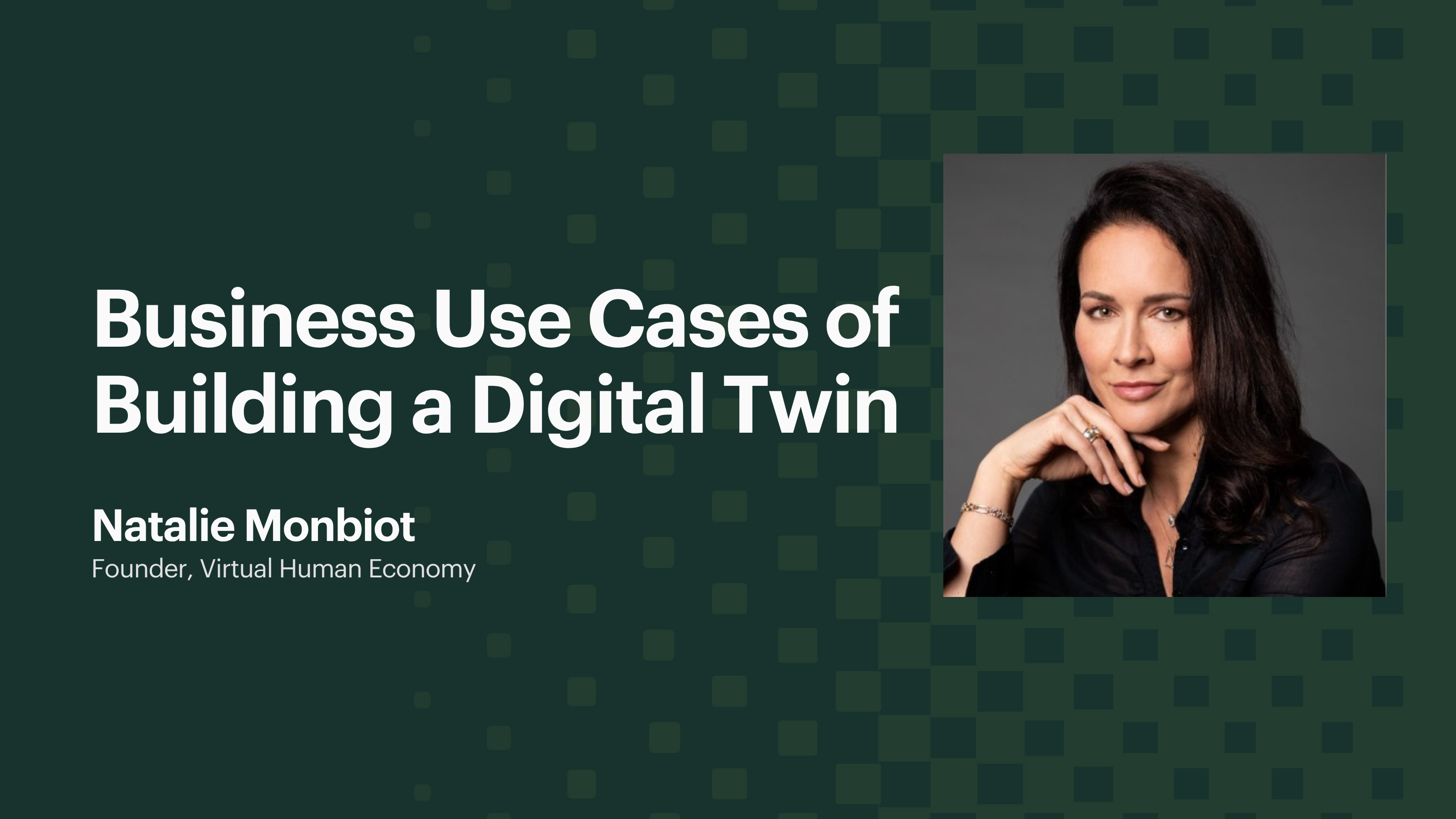Establishing a distinct brand identity and communicating your unique value proposition (UVP) is essential for differentiation and success. Madara Pukite, a mindset coach and marketing expert, provides valuable insights into this process. By understanding your competition, leveraging customer feedback, and highlighting your unique strengths, you can refine your brand identity and effectively communicate your UVP.

Understanding the Competition and Customer Feedback
Madara Pukite emphasizes the importance of understanding both your competition and your customers. “I would like to start from the standpoint looking at the competition what other companies are doing or the ones providing similar services,” she says. This involves analysing competitors' strategies, strengths, and weaknesses to identify areas where your company can stand out.
Equally important is understanding your customers' perspectives. Pukite advises, “Go from the standpoint of the customers or the potential customers you are serving.” Conducting surveys, gathering feedback from your minimum viable product (MVP), and engaging in direct conversations with customers can reveal what they value most about your service. This feedback is crucial in identifying what differentiates your company from others in the market.

Leveraging Unique Strengths
Pukite suggests that your unique strengths will naturally emerge, guided by customer feedback and market dynamics. “It’s most likely your customers that are going to tell you what you are best at or the most unique at,” she notes. By focusing on what your customers appreciate most, you can highlight these strengths in your branding and marketing efforts. She adds, “In the long term the market is going to show you what you are good at. Keep that in account and make that as good as possible, that’s basically where your Unique Value Proposition will be at.” This iterative process of refining your UVP based on real-world feedback ensures that your brand remains relevant and compelling.
Developing a Strong Brand Identity
A strong brand identity is more than just a logo or colour scheme; it encompasses your company’s values, mission, and the overall experience you provide to customers. Pukite’s extensive experience in marketing and branding underscores the importance of consistency and authenticity in building a brand.
Key Elements of Brand Identity:
- Mission and Vision: Clearly define your company's mission and vision. This provides a foundation for all branding efforts and helps align your team with the company’s goals.
- Brand Values: Establish core values that resonate with your target audience. These values should be reflected in your company’s culture, products, and interactions with customers.
- Visual Identity: Develop a cohesive visual identity that includes your logo, colour palette, typography, and other design elements. Consistency in these elements helps create a recognizable and memorable brand.
- Brand Voice: Define your brand voice and tone. Whether it’s professional, friendly, or innovative, your brand voice should be consistent across all communication channels.
- Customer Experience: Ensure that every touchpoint with your customers reflects your brand identity. This includes your website, customer support, marketing materials, and product interactions.

Communicating Your Unique Value Proposition
Effectively communicating your UVP involves clearly articulating the benefits and unique features of your product or service. Pukite’s insights highlight the importance of understanding what sets your company apart and ensuring that this is communicated in a way that resonates with your target audience.
Strategies to Communicate Your UVP:
- Clear Messaging: Develop clear and concise messaging that highlights your UVP. Avoid jargon and focus on the tangible benefits that your product or service provides.
- Customer Testimonials: Use customer testimonials and case studies to showcase real-world success stories. These provide social proof and help potential customers understand the value of your offering.
- Content Marketing: Create high-quality content that addresses your customers’ pain points and demonstrates how your product can solve their problems. This can include blog posts, whitepapers, videos, and webinars.
- Targeted Marketing Campaigns: Develop targeted marketing campaigns that speak directly to your ideal customer profile. Use personalized messaging and segmentation to ensure that your UVP resonates with different audience segments.
- Consistent Branding: Ensure that your branding is consistent across all channels. This helps reinforce your UVP and makes your brand more recognizable.
Successful Brand Differentiation

Company Overview: Zendesk, a customer service software company, successfully differentiated itself by focusing on simplicity and ease of use. They conducted extensive market research to understand the pain points of customer service teams and developed a product that was intuitive and easy to implement.
Key Strategies:
- Customer-Centric Approach: Zendesk prioritized customer feedback and continuously iterated on their product to ensure it met the needs of their users.
- Clear UVP: Their UVP, “Beautifully simple customer service software,” clearly communicated the benefits of using Zendesk.
- Strong Brand Identity: Zendesk developed a strong visual identity and brand voice that was consistent across all channels. Their branding was professional yet approachable, resonating with a wide range of customers.
- Content Marketing: They invested in content marketing, producing valuable resources such as guides, case studies, and blog posts that addressed common customer service challenges.
- Customer Testimonials: Zendesk leveraged customer testimonials and case studies to showcase their success stories and build trust with potential customers.
Results: By focusing on simplicity and customer satisfaction, Zendesk was able to carve out a distinct position in the crowded customer service software market. Their revenue grew significantly, and they successfully expanded their customer base globally.

Company Overview: Slack, a collaboration software company, distinguished itself through its user-friendly interface and seamless integration capabilities. They targeted teams looking for efficient communication and collaboration tools.
Key Strategies:
- Clear UVP: Slack’s UVP, “Be less busy,” highlighted the time-saving benefits and efficiency of their platform.
- Freemium Model: They adopted a freemium model that allowed users to try the basic features for free, reducing the barrier to entry and encouraging widespread adoption.
- Community Engagement: Slack actively engaged with its user community, gathering feedback and making continuous improvements based on user suggestions.
- Content Marketing: They created engaging content, including blog posts, webinars, and tutorials, to educate users and demonstrate the value of their platform.
- Integration with Other Tools: Slack’s ability to integrate with various third-party tools and applications made it a versatile choice for businesses with diverse needs.
Results: Slack’s strategic approach resulted in rapid user adoption and high user retention rates. They became a leader in the collaboration software market, eventually being acquired by Salesforce.
Conclusion
Refining your brand identity and communicating your unique value proposition is critical for standing out in the competitive B2B SaaS landscape. By understanding your competition, leveraging customer feedback, and highlighting your unique strengths, you can create a compelling brand that resonates with your target audience. Madara Pukite’s insights provide a valuable framework for this process, emphasizing the importance of authenticity, consistency, and customer-centricity in building a successful brand.



